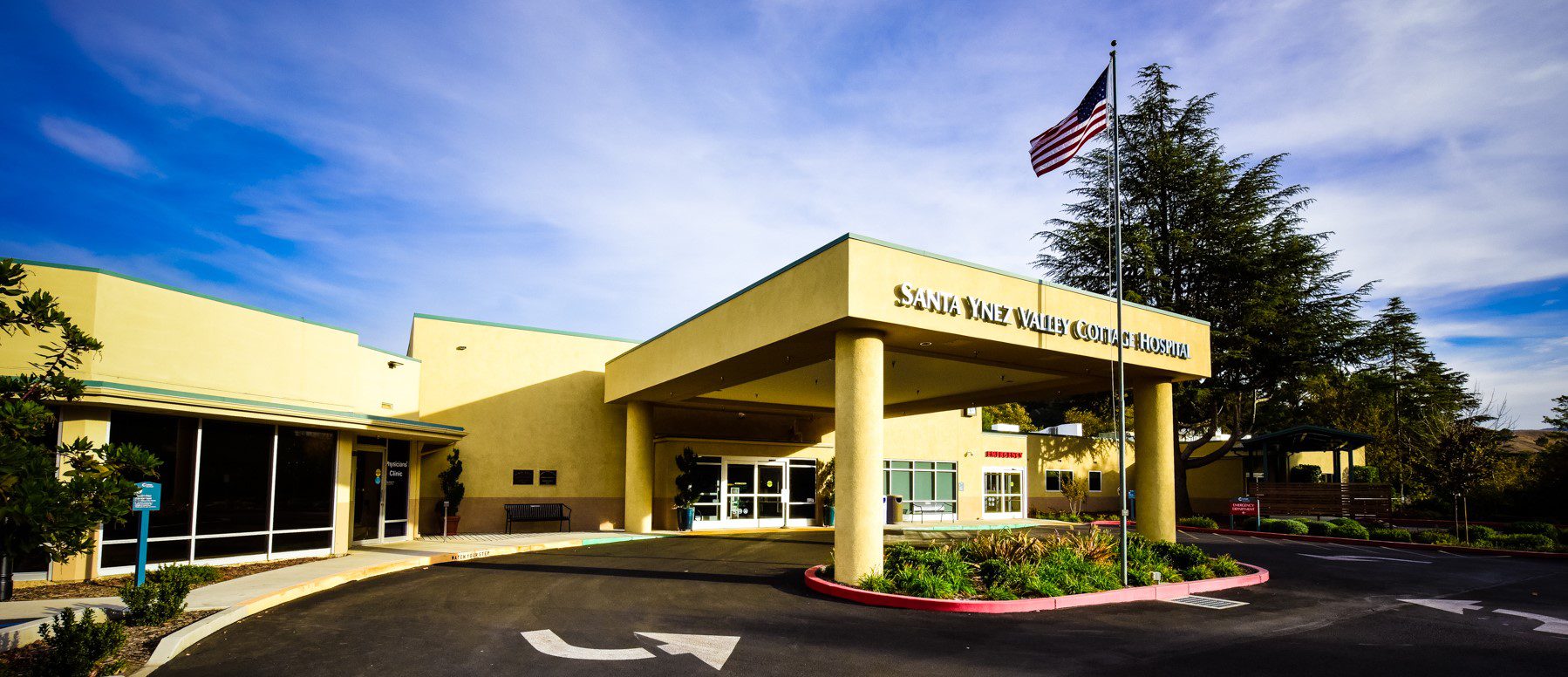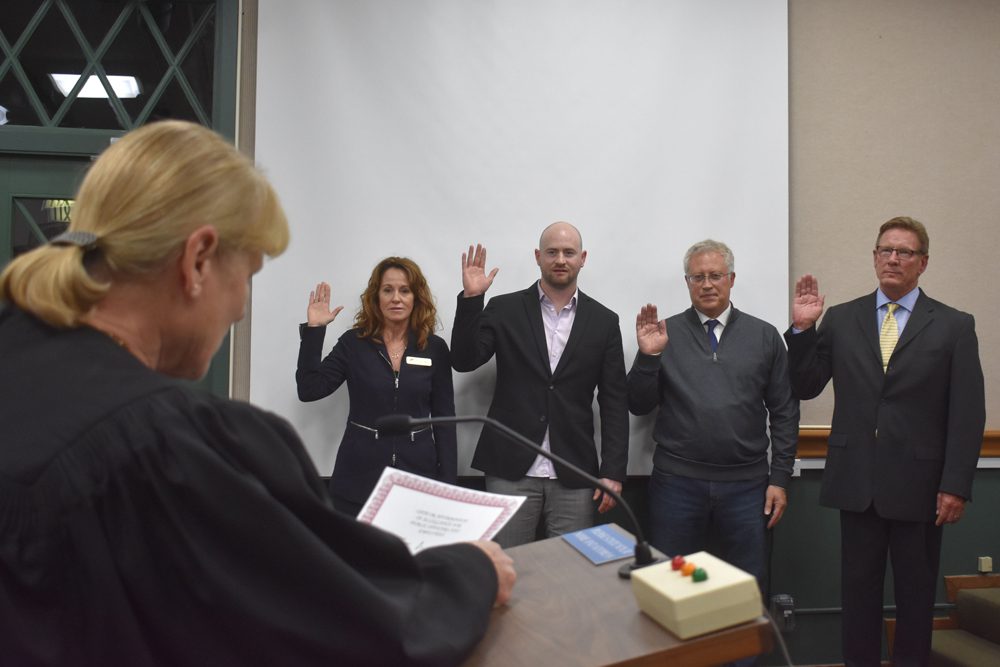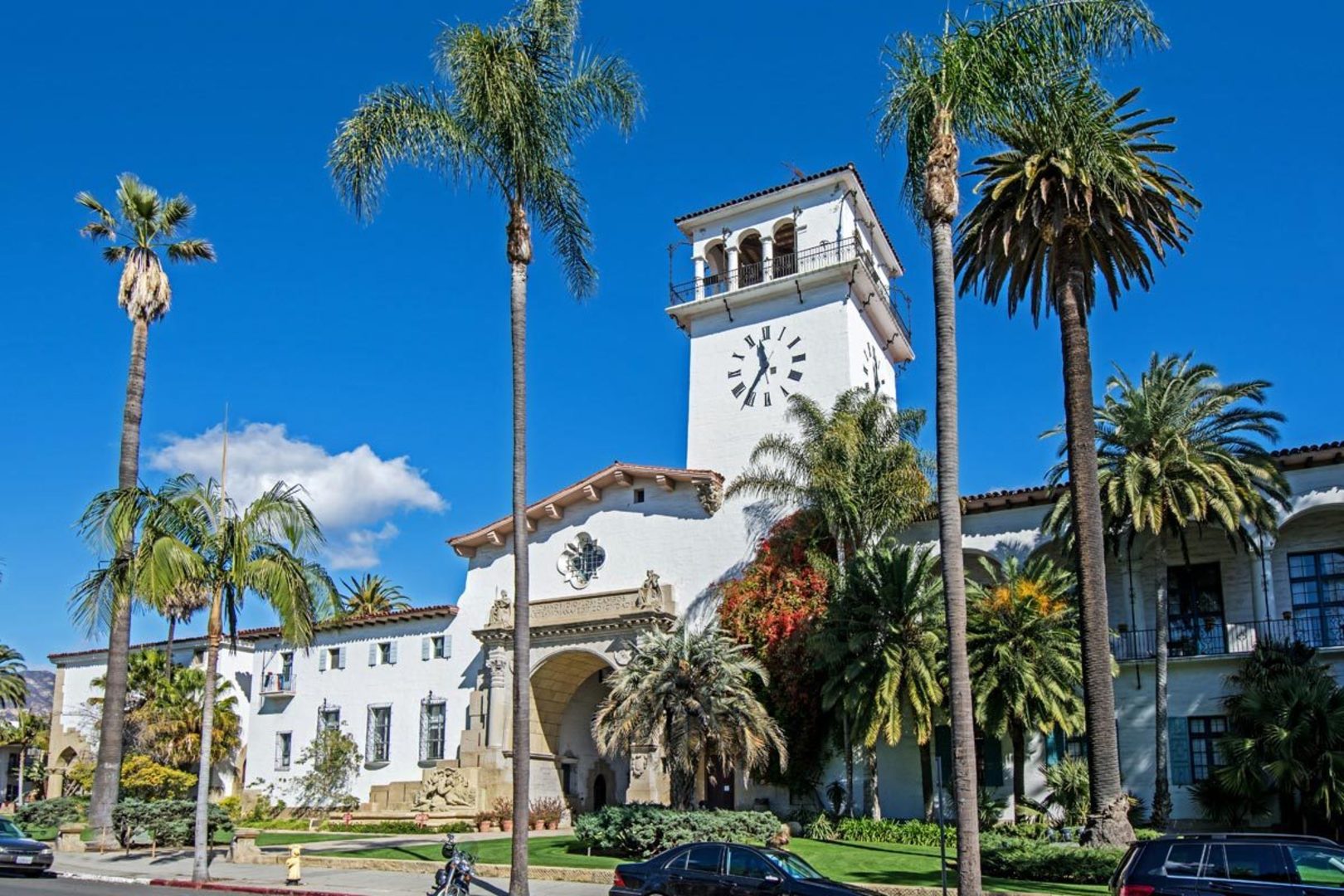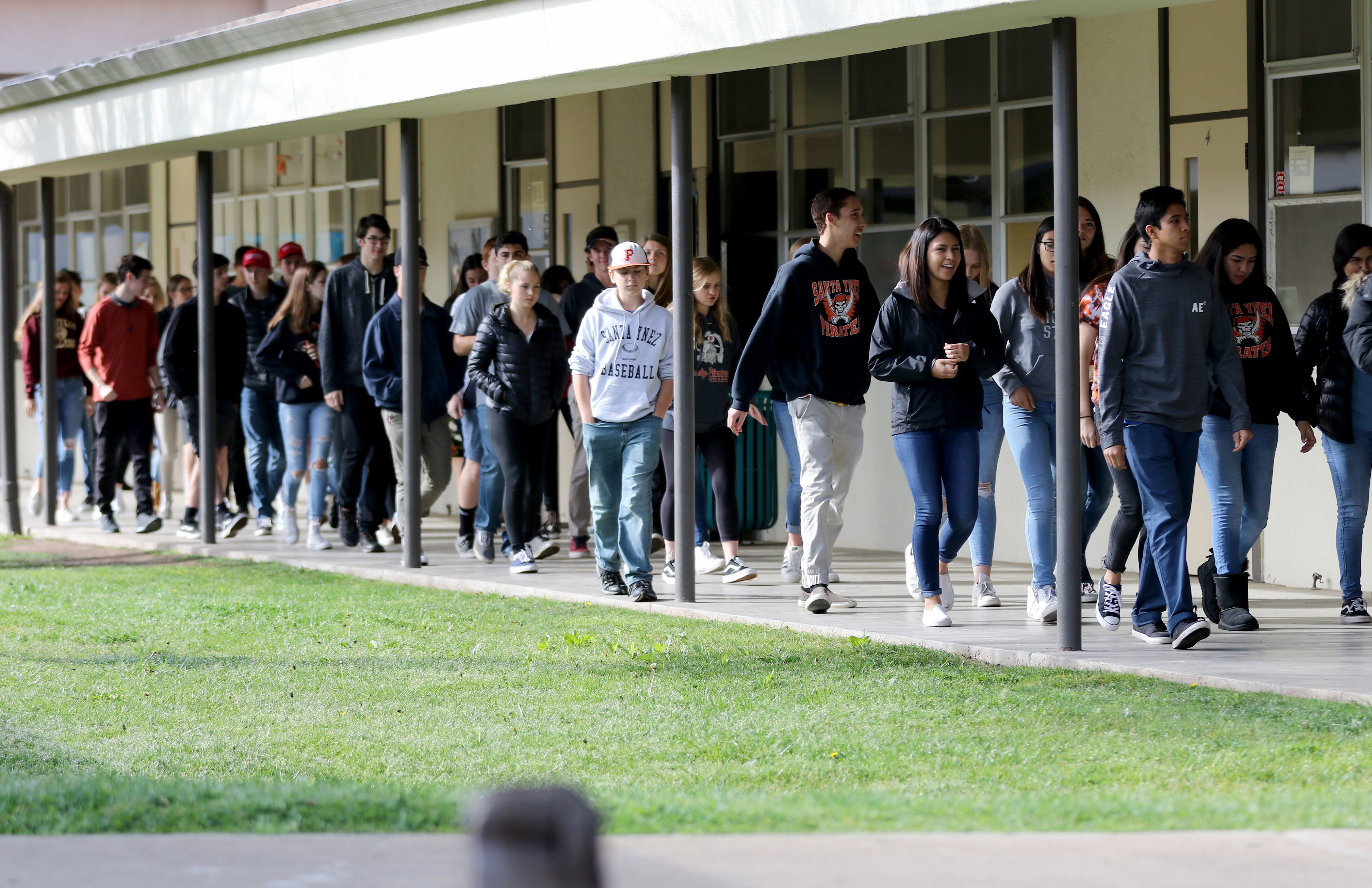Staff Report
The Santa Barbara County Board of Supervisors will hold a budget hearing beginning at 9 a.m. on June 11, and June 13 if needed, at the County Administration Building, Fourth Floor Hearing Room, 105 East Anapamu Street. Remote testimony and public comment will be available at the Joseph Centeno Betteravia Government Administration Building at 511 East Lakeside Parkway, Santa Maria.
Budget workshops were held in April to provide the Board an opportunity to review the preliminary recommended budget, discuss special issues and receive public input in order to provide the County Executive Officer direction on policy issues or items for consideration prior to completion of the Recommended FY 2019-20 Budget for the Board’s consideration and adoption on June 11.
The recommended budget is balanced with total operating revenues of $1,141 million and total operating expenditures and net increase to reserves of $1,141 million. Operating expenditures include both ongoing and one-time costs; ongoing costs are largely supported by ongoing revenues. This is the first time since FY 2017-18 that no service level reductions were required of any County department to balance revenues and expenditures.
Revenues are expected to continue moderate growth in FY 2019-20. Discretionary revenue sources, including property, sales and transient occupancy taxes, have largely recovered from the impacts of the Thomas Fire and debris flow that occurred in winter 2017-2018, and new revenues from cannabis taxes and hotel openings will boost available funds. State and federal funds for ongoing services are anticipated to improve slightly. Cannabis tax revenue is expected to reach $5.6 million next year, which will allow full support for enforcement operations as well as one-time funding for certain Board-identified items.
Funding recommendations were based on consideration of state and federal requirements, Board priorities, established needs, and areas in which the County could face significant financial, legal, health, or safety risk or liability. They include criminal justice system enhancements and funding for farm stays land use policy, and regional climate action planning.
“Fiscal Year 2019-20 will be a milestone year with the culmination of major initiatives, some in the making for more than 10 years,” said County Executive Officer Mona Miyasato. “These projects are the result of the County’s commitment of resources, over decades in some cases, and continued prioritization. The County continues its commitment to Renew 2022 to transform how we do our work. By being open to working differently, employees are equipped to thrive in the present, adapt to tomorrow, and anticipate the future.”
The milestones in FY 2019-20 that Miyasato referred to include the following:
- The Northern Branch Jail is slated to finish construction and begin operations. Ongoing operating costs are the responsibility of the County General Fund, and are currently estimated at $18.8 million for the first full year of operations (FY 2020-21) with annual increases in future years. By adding incrementally higher amounts of General Fund each year to a dedicated jail operating fund, the County is slowly building towards the annual funding amount needed to operate the new jail and is currently well over halfway towards building up sufficient ongoing funding to fully operate the new jail. The Board-approved funding plan for jail operations is expected to continue until FY 2022-23.
- The Fire Tax Shift will reach its target of 17 percent of property tax revenues in FY 2019-20. In 2012, the Board approved a plan to enhance Fire District services and address annual deficits in the District budget. This plan shifts 25 percent of the General Fund incremental property tax growth each year to the District until the share of local property taxes for the District reaches 17 percent.
- Approved in FY 2018-19, the Tajiguas Resource Recovery Project will remain under construction in FY 2019-20. When completed, this regional project will meet state requirements for landfill waste diversion and represent the single largest reduction in greenhouse gases in the county.
- Pension cost sharing will result in a net reduction to pension contribution costs starting in FY 2019-20. Foreseeing potential future pension cost hikes, two years ago the County worked with its labor unions on pension cost-sharing agreements to share the risk. While most agreements were approved in the prior fiscal year, the net reduction takes effect next year, with full impact not experienced until FY 2020-21 as the cost-sharing agreements were phased over three years. The County’s total pension contribution next year is $143.8 million, representing a $0.2 million reduction from the FY 2018-19 adopted budget.
- Capital Improvement: In the current year, the Board approved a list of projects for a combination of debt and one-time funding, including improvements to the Main Jail, Cachuma Park infrastructure upgrades, Courthouse roof replacement, Calle Real campus water system replacement, renewable energy upgrades, public safety radio tower enhancements, a new South County headquarters building for Probation, and expansion of the Emergency Operations Center.
- Cannabis enforcement remains a priority. The FY 2019-20 recommended budget increases enforcement staffing to 13.0 FTE from 10.5 FTE in the FY 2018-19 adopted budget. The enforcement team is made up of staff from the Sheriff, District Attorney, Agricultural Commissioner, and Public Health Departments.
In July 2015, the Board developed a funding policy that provided a mechanism to increase ongoing funding available for maintenance projects. The policy commits 18 percent of unallocated discretionary general revenue growth to address maintenance needs on an annual basis. The recommended budget allocates $6.4 million in ongoing General Fund revenues for maintenance per the 18 percent formula, reflecting growth of $2 million from the prior year’s budget. For the first year since the funding plan was implemented, this additional General Fund resource allocation exceeds the originally projected investment level that was identified in the 2014 analysis.
In addition, the recommended budget includes $2.3 million in ongoing General Fund for capital improvements and infrastructure maintenance, as well as $7.2 million in one-time General Fund resources to address key deferred infrastructure replacement projects. Along with General Fund resources, approximately $24.1 million is provided by Special Revenue sources for Roads capital projects and maintenance. Statewide, additional funding from SB 1 is assisting local governments with road funding, which is $6.6 million to Public Works in
FY 2019-20.
To review the budget hearing documents, go to http://countyofsb.org/ceo/budget/bh2019.sbc. For information about Santa Barbara County government, go to www.CountyofSB.org.







